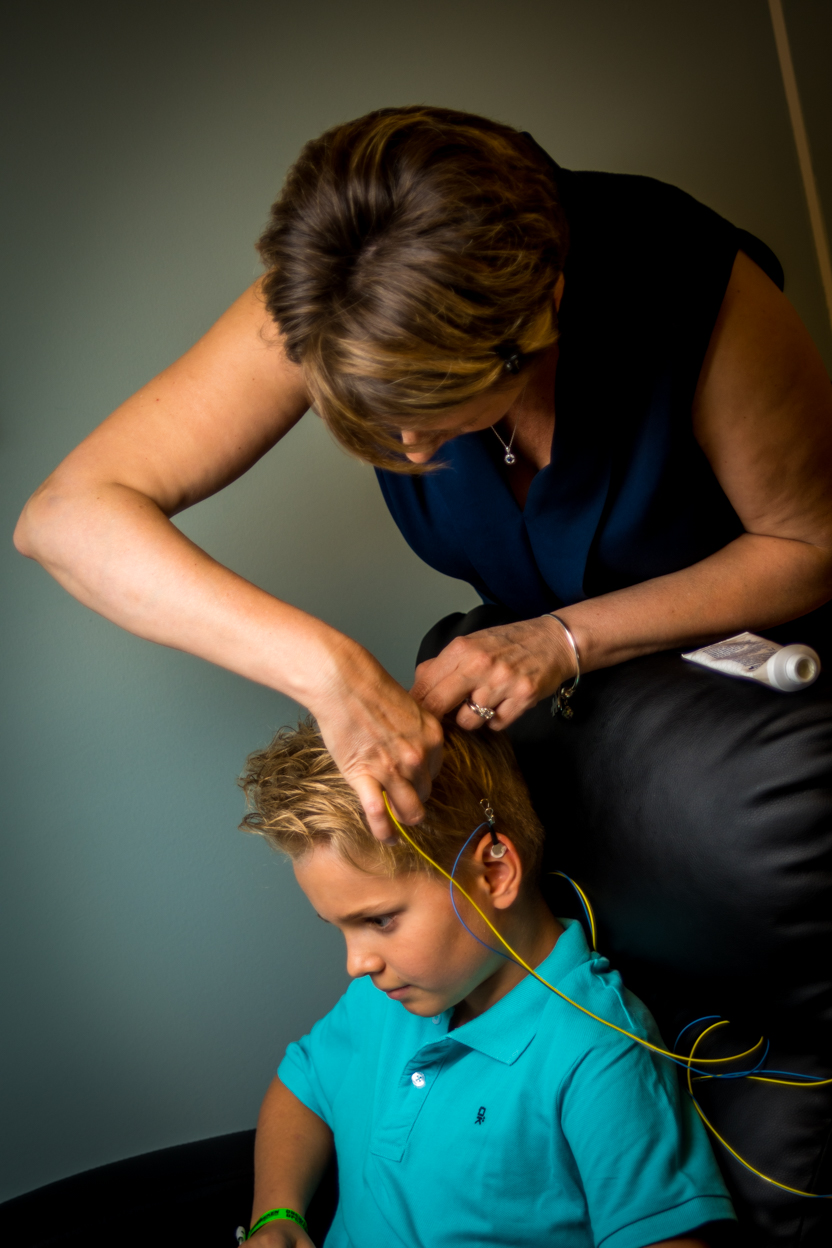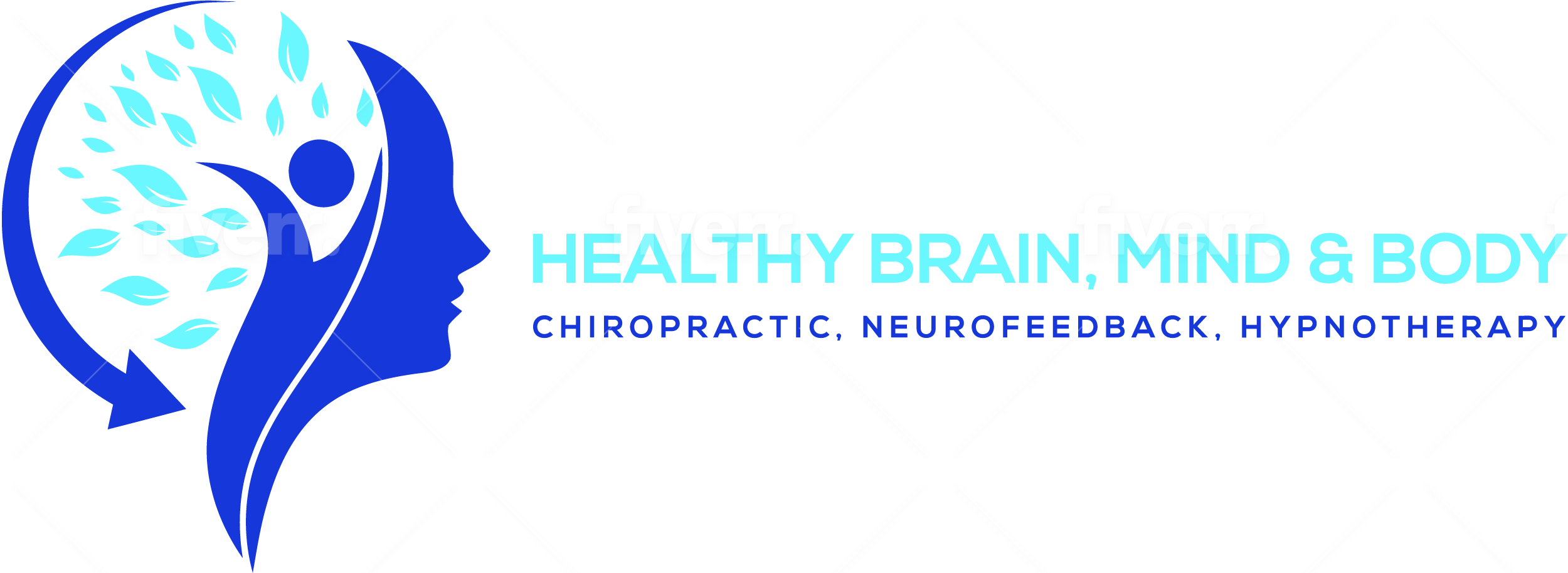
NeurOptimal FAQ's?
How Does NeurOptimal Work?
NeurOptimal® brain training works as a ‘detection and monitoring’ system of the changes in cortical patterns within the brain.
It mimics the communication of your Central Nervous System (CNS) by ‘mirroring’ the brain activity that can be undermining optimal brain function.
You can think of NeurOptimal® training as holding up a mirror to your brain. Imagine you had not seen yourself in a mirror in a long time. Once you see your reflection you naturally start adjusting yourself, maybe standing a little taller, straightening up your hair and so on. The mirror provides the information you need to correct and adjust yourself. And so it is with the brain.
The brain has an inherent ability to self-correct when given the right information and NeurOptimal® is designed to provide the brain with the information it needs to make its own adjustments. Inconsistency, or abrupt changes in electrical activity
in the brain, undermines optimal functioning of the brain. NeurOptimal® detects these abrupt changes and informs the brain of these sudden shifts through interruptions in the sound you are listening to. These almost imperceptible pauses invite your central nervous system to pull away from this less-than-ideal path it was on. This happens over and over until the natural self-correction becomes your new normal and your brain functions more efficiently, effectively and comfortably. When this happens, you sleep better, are less stressed, can focus more easily and feel the joy of an easier life, despite the challenges you may face from the outside.
NeurOptimal® is respectful of your brain’s own process and does not push it by telling it what to achieve in a session. The brain does its own reorganizing, inherently a natural and gentle process.
Who can use Neurofeedback?
In short, anyone with a brain, can benefit from neurofeedback brain training. From peak performing athletes, artists, and business people who want to achieve and maintain their edge. We are also used by individuals who feel they are not functioning at their best, including many adults and children with severe impairments, who want a drug-free approach to feeling and functioning optimally may benefit from NeurOptimal.
Your beautiful brain controls everything in your body and symptoms including, anxiety, depression, mood instability, brain fog, poor attention and focus, distraction, poor memory, poor sleep, are all signs that the brain isn’t functioning at its best, that it needs help.
Training the brain with NeurOptimal has been found to provide flexibility, resilience and synchronicity, improving brain clarity and focus and helping many challenges stemming from stress commonly fall away. Remember a Healthy brain, means a healthy mind, means a healthy life.
What Happens in a Session?
If you consult a NeurOptimal® professional you might be invited to fill out a few quick forms that can be used to help you measure your progress (which you can use at home also). But diagnosis and evaluation of specific symptoms is completely unnecessary for NeurOptimal® to work effectively. This saves you both time and money.
You will sit in a comfortable chair and simply relax. Two tiny sensors are applied to your scalp and earclips to your ears. These sensors allow NeurOptimal® to read the delicate electrical activity of your brain, much like an EKG reads your heart. You then listen to music and watch an ever-changing visual display, although you can close your eyes and tune out if you prefer. Children sometimes like to play a quiet game or read a book. There are very brief pauses in the music indicating NeurOptimal® is at work, invisibly guiding you through a complex mathematical dance during which the challenge to your brain is varied.
Despite the complexity “under the hood”, no effort is required from you during sessions, at all! Simply relax and enjoy the 33.5 minute session while your brain re-organizes itself.
How Many Sessions?
Because everyone’s central nervous system is different, it is not possible to predict exactly how your brain will respond to the information NeurOptimal® provides. But because we have over three million hours of experience with NeurOptimal® we can make some predictions. The good thing is you do not have to take it on faith and trust that it will help you — you will know pretty quickly when it is helping you. And we have progress tracking tools to help you document your training. Just as in how long it takes to learn to read, it is a process and everyone learns differently.
How many sessions will it take to “complete” your training? This depends partly upon your goals. If you are training to feel better quickly, you might decide after 10-12 sessions that you have made enough gains and stop. On the other hand, if you are looking for lasting changes, 20-30 sessions is a better ballpark. The good thing is you can stop at any time and always pick it up again later if you so choose. Any training you have done in the past will always serve you well should you do more sessions in the future — no session is ever wasted. For some however, training their brain is like training the body. They want to function at their best throughout their lifetime, and they like to maintain that best even when life presents its inevitable day to day knocks and bruises. After a period of initial training they continue with maybe monthly sessions to give their brain a regular opportunity to “defrag”. Or, like many of us, they just do a session when they feel they need it. But in the end, it is.
Do the Neurological Shifts Last?
NeurOptimal® is a learning task, like learning to ride a bike or learning how to read: Once you know, you can’t “not know”, so the effects do remain with you. But your brain is also living tissue, and it can get “knocked off” by challenges, by hormonal changes, pollutants in the environment and the stresses of our everyday lives. When this happens, a session or two can help you get back on point, working at your optimal efficiency.
Even if you come back many years later, the brain recognizes the NeurOptimal® process and is reminded of the earlier shifts. It can find its way back relatively rapidly -– much more quickly than the first time you did the training. So if you did a fairly complete initial training (say 20-30 sessions), and then have a major challenge like an illness, the loss of a job or a relationship, or even a head injury or anesthetic, your brain can quickly and efficiently use the information it receives from NeurOptimal® to reorganize itself and “find its way back”. As we like to say: “You’ve always got NeurOptimal® in your back pocket”!
